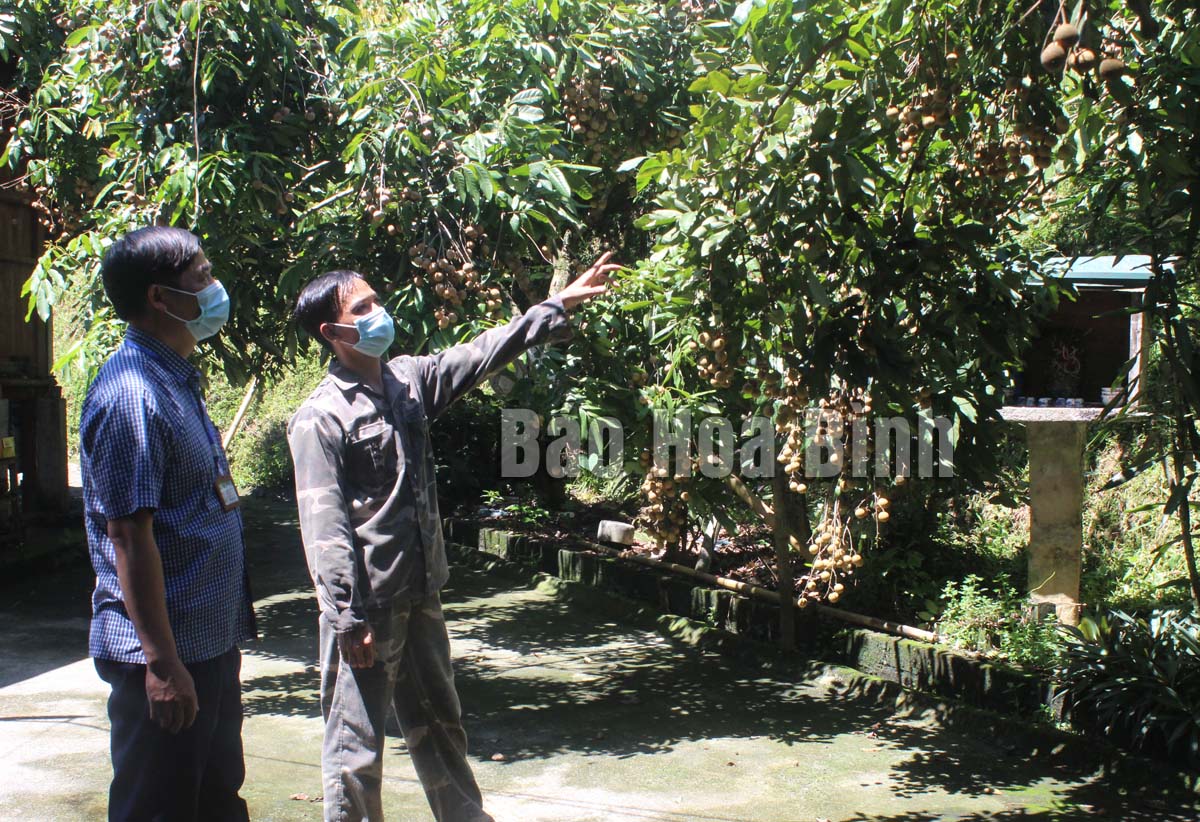



Nguyen Thanh Hau's family in Vai Dao hamlet of Cao Son commune (Luong Son) worrying as the harvest season comes but no traders come to buy local longan.
Nguyen Thanh Hau, a longan farmer in Vai Dao hamlet of Cao Son commune, said this year, thanks to good care, the family's longan garden enjoys a bumper crop, with an expected output of 5-7 tonnes. However, due to the impact of the COVID-19 pandemic, Luong Son district has to impose social distancing measures under the Prime Minister’s Directive No. 16/CT-TTg, so no traders can come to buy longan, making his family very worried.
According to Bui Minh Chau, Vice Chairman of Cao Son commune People's Committee, there are about 38 hectares of longan in the commune, mainly the Mien Hung Yen variety planted for more than 10 years, with an estimated output of about 160 tonnes. Facing the difficulty in sale, the communal People's Committee has actively sent a document requesting the District People's Committee to have solutions to support people in selling longan.
However, due to the increasingly complicated situation of the pandemic, especially in the context that Hanoi capital city which has a large demand for agricultural products in the whole region is applying social distancing, it is very difficult to sell local longan. On the other hand, Cao Son longan is mainly sold to serve people's daily needs, not for export.
At present, Luong Son district has about 300 tonnes of longan that need to be sold, mainly in Cao Son, Hoa Son, Lien Son, Cao Duong and Thanh Son communes. The district People's Committee has tasked the district Centre for Agricultural Services to actively connect with traders from outside to purchase longan, and at the same time popularise the product through many different channels.